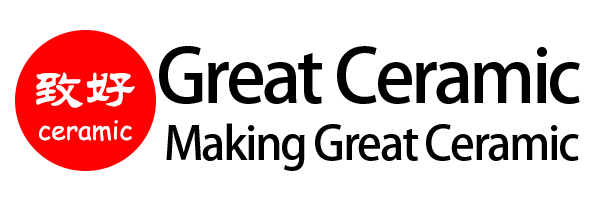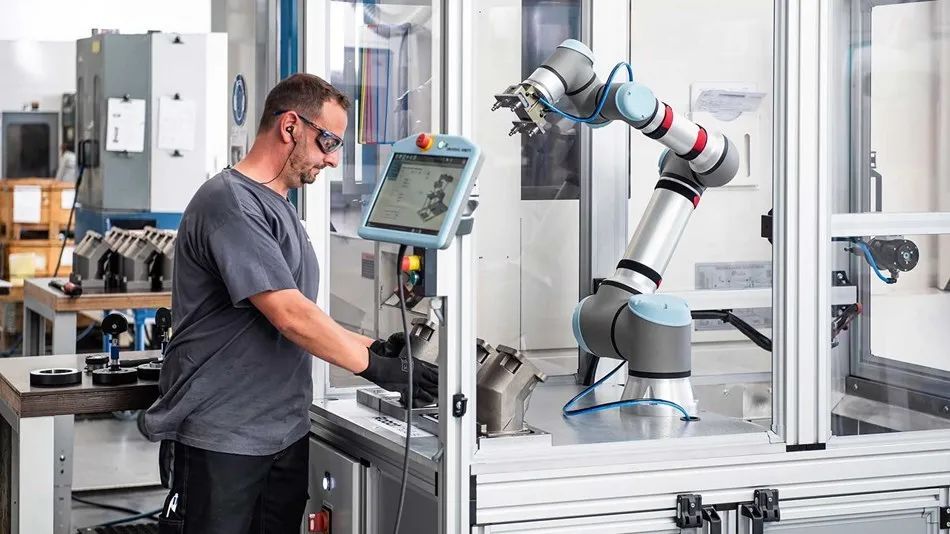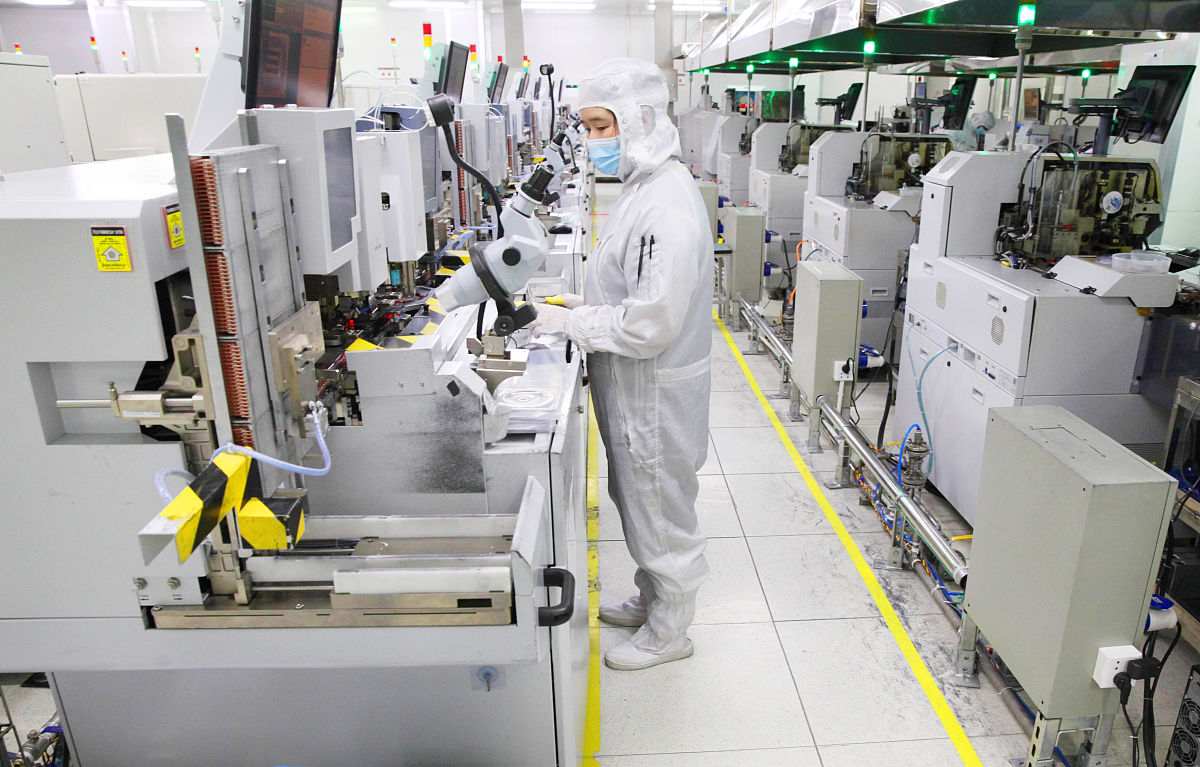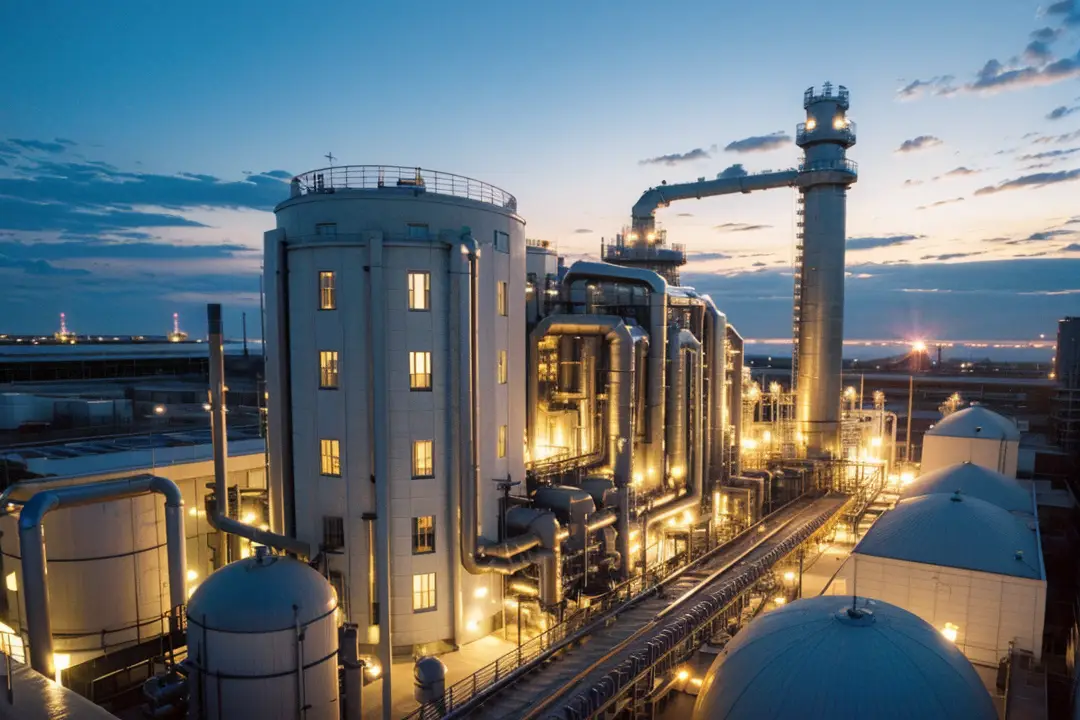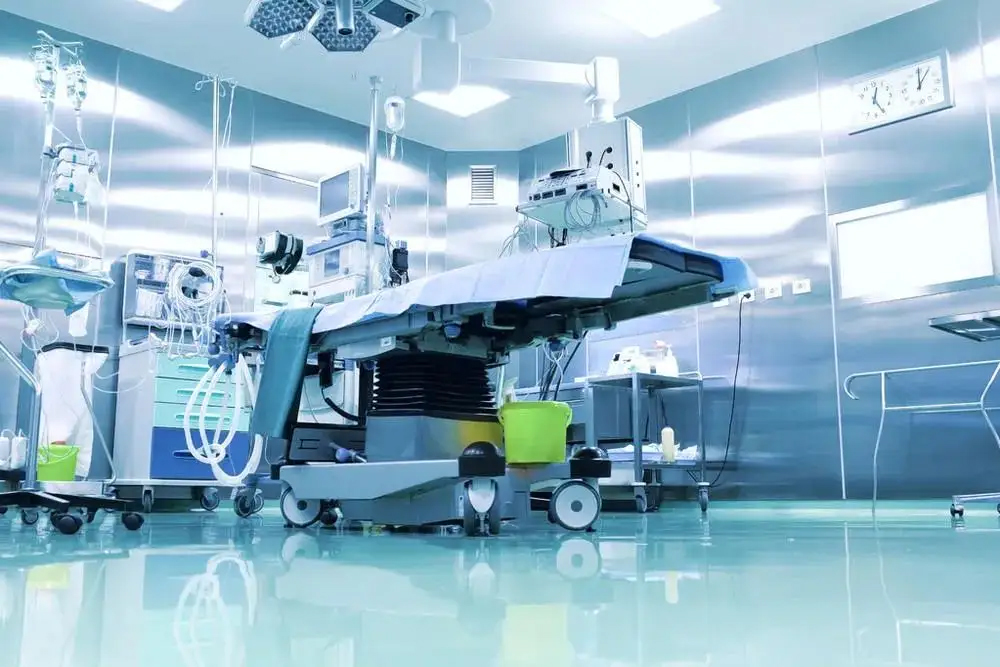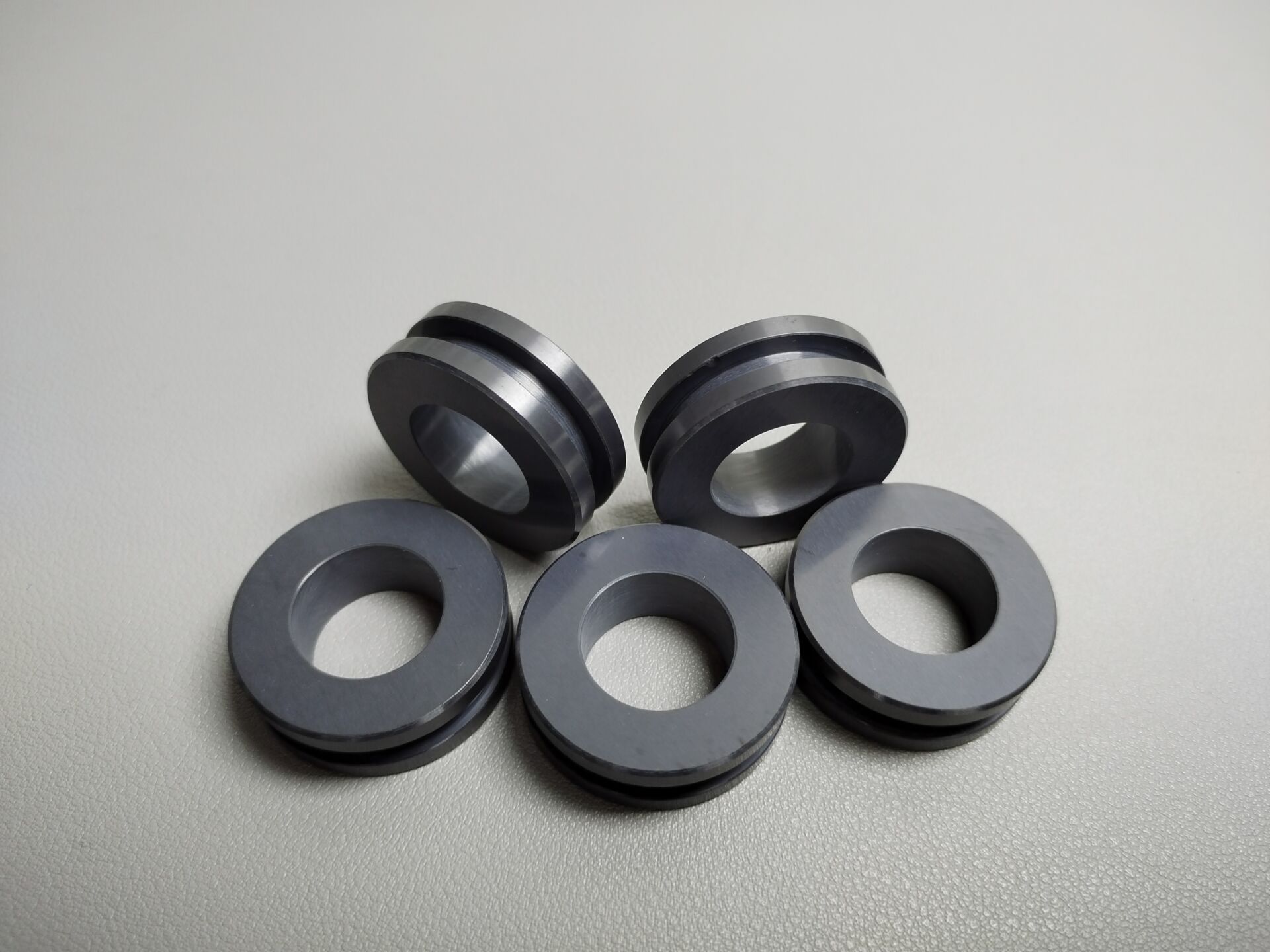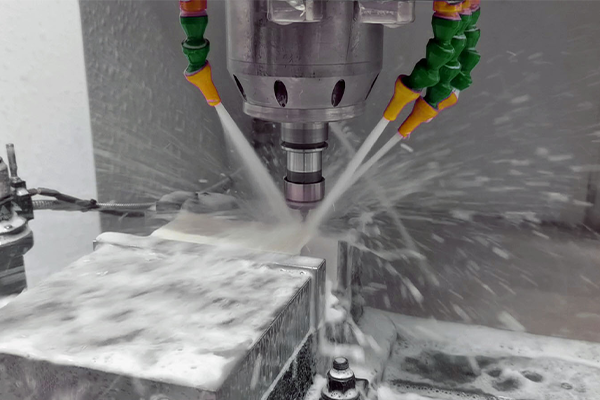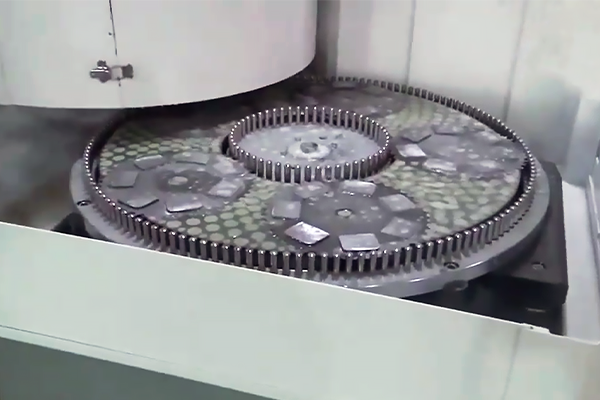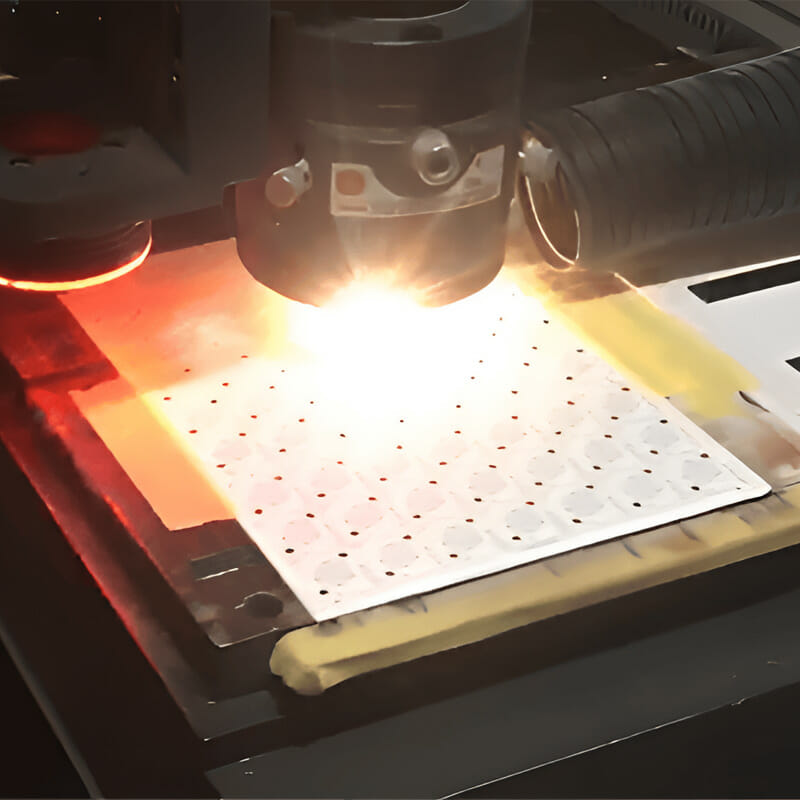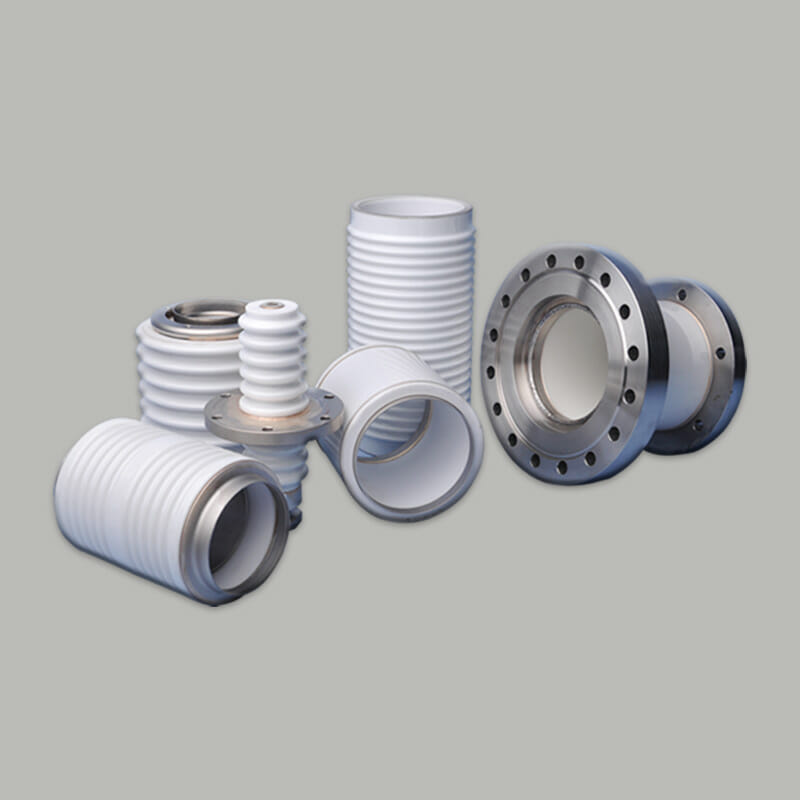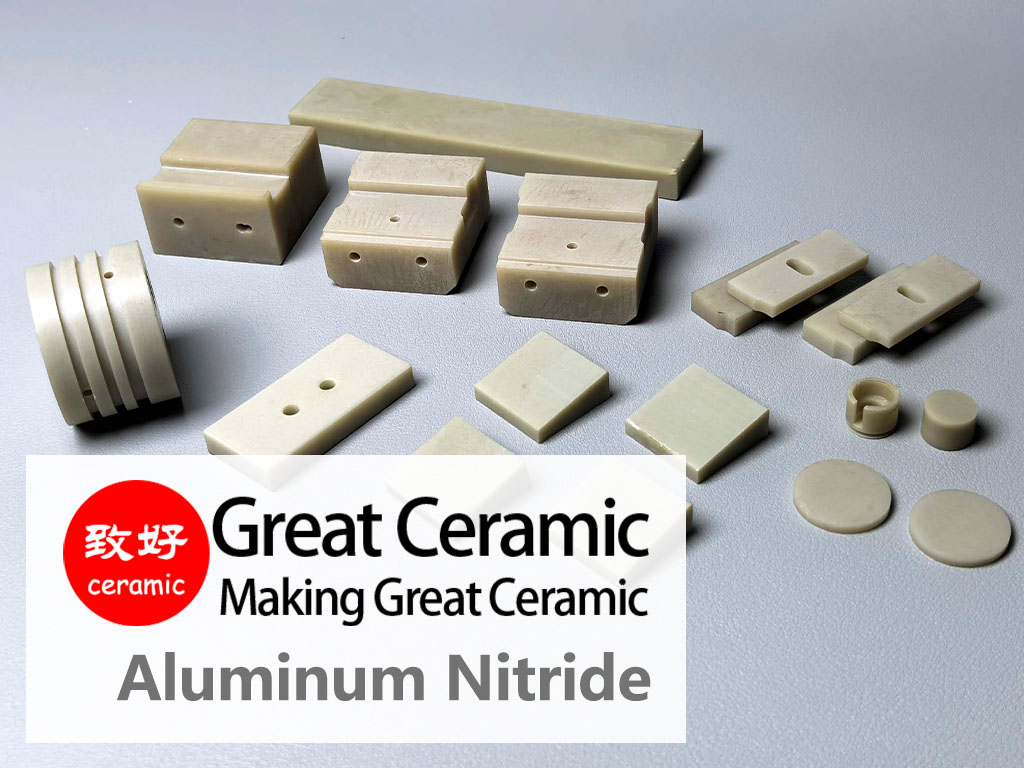Керамика из карбида кремния (SiC)
Известное с конца XIX века как карборундовая керамика из карбида кремния (SiC), это соединение кремния и углерода превратилось из абразивного порошка в краеугольный материал для высокопроизводительной техники. Сегодня керамика из карбида кремния незаменима в самых разных отраслях промышленности - от полупроводников и электроники до аэрокосмической, автомобильной, энергетической и химической.
Что такое карбид кремния? С научной точки зрения, это ковалентно связанное соединение карбида кремния с химической формулой SiC, обладающее уникальной кристаллической структурой, которая может существовать в различных политипах (3C, 4H, 6H). Высокая твердость (9,5 по шкале Мооса), низкая плотность (~3,1 г/см³), высокая температура плавления (~2700 °C) и отличная теплопроводность карбида кремния делают его идеальным для применения в сложных условиях, когда металлы или пластмассы не справляются с поставленной задачей.
Компания Great Ceramic поставляет детали из карбида кремния, разработанные в соответствии с требованиями заказчика, обеспечивая непревзойденную точность, стабильность и надежность.
Перейти к
Преимущества керамики из карбида кремния
Уникальное сочетание механических, термических и электрических свойств выделяет SiC среди технической керамики.
Доступные марки материалов из карбида кремния
Компания Great Ceramic предлагает ряд высокопроизводительных материалов из карбида кремния, оптимизированных для каждого конкретного случая применения:
Спеченная без давления керамика из карбида кремния(SSIC)
Спеченная без давления керамика из карбида кремния (SSiC) - это высокоэффективная конструкционная керамика, получаемая в результате высокотемпературного процесса спекания без давления. Их основным компонентом является порошок карбида кремния высокой чистоты. В процессе спекания не требуется металлического связующего или внешнего давления, что обеспечивает чрезвычайно высокую чистоту и плотность, а также превосходные общие характеристики. Этот материал широко используется в чрезвычайно жестких условиях эксплуатации благодаря своей исключительной механической прочности, износостойкости и коррозионной стойкости.
Основные характеристики
Типовые применения
Производственный процесс
Спеченная без давления керамика из карбида кремния изготавливается из порошка SiC высокой чистоты, который затем формируется в форме с небольшим количеством спекающей добавки и спекается без давления при температуре свыше 2000°C. Этот процесс придает материалу плотную структуру, близкую к теоретической плотности, с мелкими и однородными зернами, что обеспечивает превосходные комплексные характеристики.
Керамика из карбида кремния с реакционным спеканием (SISiC)
Реакционно-спекаемая карбидокремниевая керамика (SISiC) - это высокоэффективный керамический материал, изготовленный из порошка карбида кремния (SiC) и источника углерода. Жидкий кремний внедряется в зеленое тело при высокой температуре, в результате чего происходит реакция, в результате которой образуется новый карбид кремния. По сравнению с карбидом кремния, спеченным под давлением (SSiC), SISiC отличается более низкой температурой производства и более гибким процессом, что позволяет изготавливать крупногабаритные структурные компоненты сложной формы. Поэтому он находит широкое промышленное применение.
Основные характеристики
Типовые применения
Производственный процесс
Процесс получения реакционно спеченного карбида кремния обычно включает в себя:
К преимуществам этого метода относятся простота процесса, низкая температура спекания и минимальная размерная усадка, что позволяет изготавливать крупные сложные детали, близкие к чистовым размерам. Однако из-за наличия остаточного кремния его высокотемпературная прочность и стойкость к окислению несколько уступают SSiC.
Основные свойства карбида кремния
Компания Great Ceramic предлагает клиентам на выбор различные материалы из карбида кремния. Приведенные ниже значения являются типичными свойствами материала и могут варьироваться в зависимости от конфигурации изделия и производственного процесса. Для получения более подробной информации, пожалуйста, обращайтесь связаться с нами.
| Свойства | Единица | SSiC | SiSiC | Si3N4 |
|---|---|---|---|---|
| Цвет | -- | Темно-серый | Темно-серый | Серый или черный |
| Плотность | г/см³ | 3.15 | 3.02 | 3.2 |
| Пористость | % | ≤0.1 | ≤0.1 | -- |
| Твердость | ГПа | 22 | 22 | 15 |
| Прочность на сжатие | МПа | 2600 | 2600 | 2500 |
| Прочность на изгиб | МПа | 400 | 250 | 700 |
| Модуль упругости | ГПа | 410 | 330 | 300 |
| Максимальная температура использования | ℃ | 1400 | 1000 | 1100 |
| Теплопроводность | Вт/(м・К) | 100~120 | 45(1200℃) | 15~20 |
| Коэффициент теплового расширения | 1 x 10-6/°C | 4 | 4.5 | 3 |
Химические свойства материалов из карбида кремния
Когда температура кислородной реакции достигает 1300°C, на поверхности кристалла карбида кремния образуется защитный слой диоксида кремния. По мере утолщения защитного слоя внутренний карбид кремния сопротивляется и продолжает соединяться, поэтому кристаллический карбид кремния обладает хорошей химической стойкостью. С точки зрения коррозионной стойкости, материалы SiC обладают сильной кислотостойкостью благодаря роли защитной пленки диоксида кремния, но плохой щелочестойкостью.
Примеры применения керамики на основе карбида кремния
Керамика из карбида кремния (SiC) компании Great Ceramic сочетает в себе исключительную твердость, отличную теплопроводность, превосходную износостойкость и исключительную химическую стабильность, что делает ее одним из самых передовых керамических материалов для сложных промышленных применений. Обладая высокой температурой плавления, низким тепловым расширением и способностью выдерживать экстремальные условия эксплуатации, керамика из карбида кремния идеально подходит для отраслей, где требуется прочность, эффективность и длительный срок службы.
Основные области применения карбидокремниевой керамики:
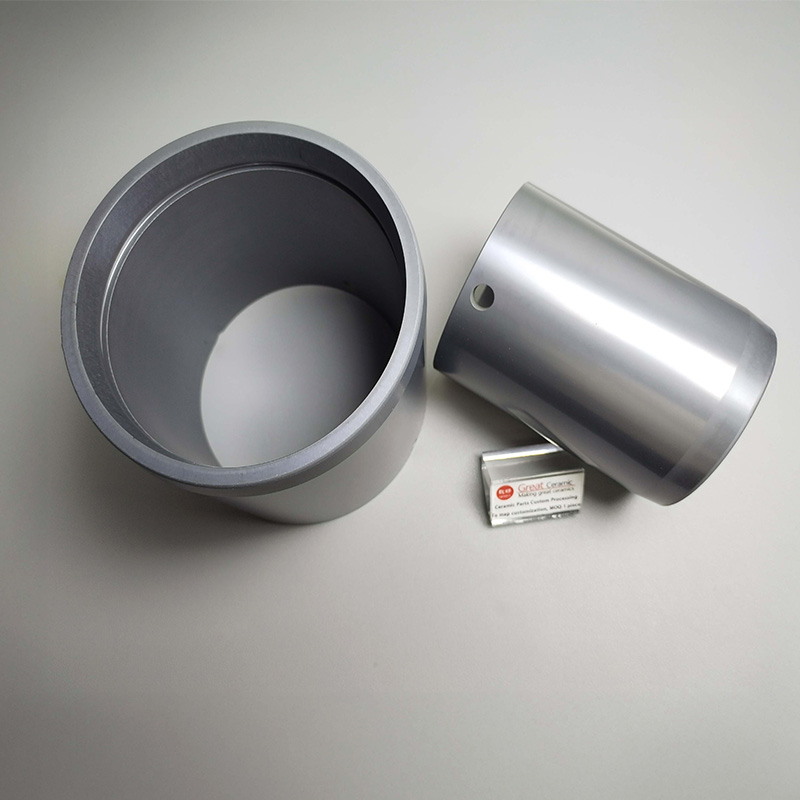



Обработка керамики из карбида кремния
Керамика из карбида кремния (SiC) известна своей чрезвычайной твердостью, высокой теплопроводностью и отличной износостойкостью, что делает ее одной из самых сложных технических керамик для обработки. Компания Great Ceramic предоставляет комплексные услуги по обработке карбида кремния, которые обеспечивают лучшую в отрасли точность, производительность и надежность.
В процессе обработки мы используем передовые технологии алмазного шлифования, прецизионной притирки и тонкой полировки для достижения допусков микронного уровня и исключительной чистоты поверхности. Эти возможности позволяют нам соответствовать строгим требованиям к точности конструкции и качеству поверхности механических уплотнений, полупроводниковых подложек, тиглей, теплообменников и аэрокосмических компонентов.
Обладая многолетним техническим опытом и современным оборудованием, компания Great Ceramic не только поставляет стандартизированные детали из карбида кремния, но и разрабатывает индивидуальные сложные компоненты с учетом конкретных промышленных потребностей, обеспечивая высокую надежность и длительный срок службы в экстремальных условиях эксплуатации.
Фрезерные, токарные и шлифовальные работы с ЧПУ с допусками на уровне микронов.
Полировка поверхностей для получения гладких поверхностей и поверхностей оптического качества.
Часто задаваемые вопросы
Сопутствующие товары
Почему стоит выбрать нас для производства керамики из карбида кремния?
На сайте Отличная керамикаМы не просто поставщик керамики из карбида кремния - мы являемся партнером в области точного машиностроения. Наши сильные стороны включают:
